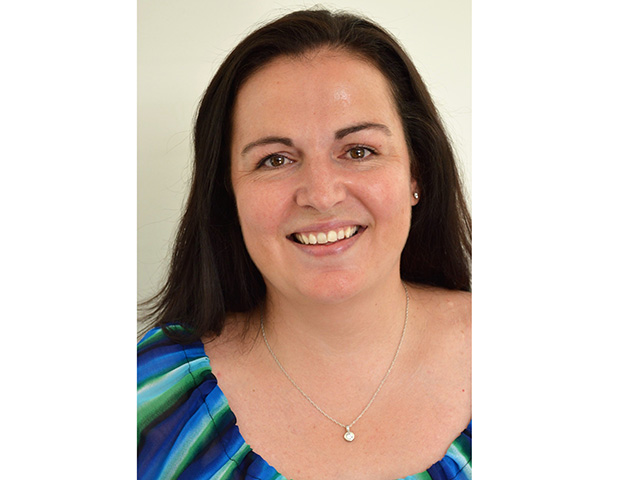By Henriette Potgieter, Customer Success Executive at Callbi Speech Analytics.
In the past, speech analytics solutions were an expensive, often out of reach investment for most contact centres. They were usually only accessible by larger contact centres with at least 300 seats and cost upwards of R2m to implement. Today, this paradigm has been broken by the evolution of technology, accessibility and innovation. Now, contact centres with as few as 10 seats can break the speech analytics barrier and dig deep into their data to get powerful insights that on which to base far-reaching operational improvement strategies.
However, most contact centres ask for guidance as to how to fully realise the potential of speech analytics. Traditionally it’s been perceived as a niche and complex investment which demands that users access complex toolsets that are difficult to use and that requires extensive training. Even with today’s lower price point, some contact centres still question whether this type of investment will deliver measurable value, but soon after implementation realise the undeniable value in the majority of cases.
“The real blockage to gaining value from your investment into this technology is perception,” says Henriette Potgieter, Customer Success Executive at Callbi. “A shift in mindset is the real need here. Contact centres need to change the way they perceive the technology, in order to unlock the true value. Want insights? Want them to be more affordable and accessible? These are all easily ticked boxes, but you need to revisit how you think about speech analytics, and how you use it, to really get the answers right.”
The first step is to embrace the concept of the ability to ‘listen to’ or to monitor every single call made by or received by every agent within a contact centre. Modern technology has removed the need for quality assurance specialist to listen in to randomly selected call recordings, patiently waiting for key words to pop up from within a select pool of calls. Now, they can use embedded speech analytics software to hunt for specific keywords and phrases throughout every single call made or received over any period of time. This means that they can instantly gain visibility and insights into contact centre problems and challenges in just a few intelligent steps and they can use this to make key decisions and actions and to effect operational improvement interventions. Say goodbye to checklists and hello to accurate and automatically generated reports, scorecards and insights across tens of thousands of calls.
“Perhaps one of the biggest benefits of speech analytics today is that you can move away from the random sample-based approach to operational management, towards exception-based quality and compliance assurance,” says Potgieter.
“In the past, most QA processes would require quality and compliance analysts to physically listen to a few randomly selected calls per agent per week to ascertain the content and the context of agent-caller conversations. At best it was sometimes indicative random result, at worst, it could pick up exclusively on a small selection of good calls or bad calls that could impact on business outcomes, and an agent’s livelihood and KPIs. It wasn’t a science; it was more of a lucky dip. Now, speech analytics solutions systems can automatically analyse 100% of calls and can identify and report on and provide deep insights based on conversational content.”
The next commonly raised issue with speech analytics solutions is their time to value. Whilst locally developed speech analytics solutions are now relatively inexpensive; these investments still reflect as a budget item so they need to show a measurable return on their investment against defined metrics before companies consider them a worthy investment. In the past, these systems were not only extremely expensive, but also complex to deploy and challenging to implement and maintain, often resulting in limited use cases, and reduced, long-term ROI.
“In most cases the effort previously required for contact centres to set up their speech analytics solutions was prohibitive. They had to build out the queries and then hunt through calls to support the use cases and it often took months to see even the start of a return on investment,” says Potgieter. “With current South African developed solutions using artificial intelligence (AI) and machine learning (ML), the time to value is reduced to as little as 30-60 days, as it can now take as little as 10 days to fully get up and running and start producing useable insights to start driving some performance improvements.”
But even a smart speech analytics solution that uses AI and ML isn’t going to magically translate every call into deep and meaningful insights. The process of configuring the system by building word and phrase queries appropriate to each business’ requirements takes time, but the effort pays off very quickly. This is another important shift in approach and mindset – put in the effort at the start and the solution will deliver value in spades. With the increasing availability of generic reports and word and phrase query examples, the majority of the initial effort becomes the fine tuning of the generic system to your own unique environment – which really limits the initial effort to the essential parts only.
“It’s critical that contact centres change the way they look at speech analytics so they can really change the way they operate, for the better,” concludes Potgieter. “They can translate the insights gleaned from speech analytics into an operationally optimised contact centre, focusing on achieving continuous improvement in business-defined KPIs and achieving desirable business outcomes. Built on the foundations of science, data, and intelligent analytics.”
Most contact centres focus on the five key strategic drivers of reduced operational costs, increased efficiencies, revenue generation, reduced risk, and increased customer engagement Speech analytics can help the contact centre refine its approaches to operating procedures, policies, processes, agent training and support mechanisms to not only correct immediate problems with quick-win interventions, but to fundamentally transform engagement and ROI.





